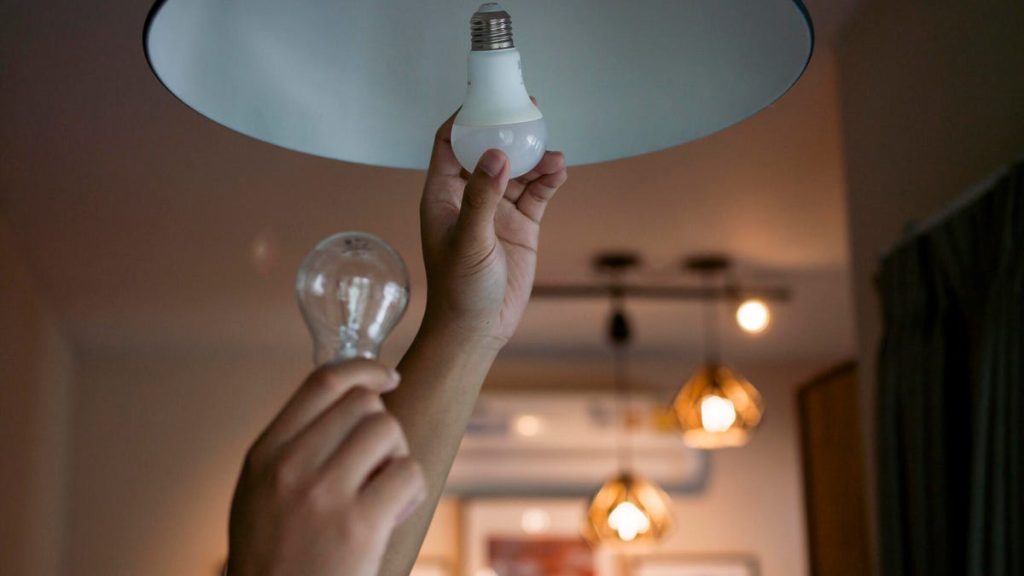The Department of Energy implemented new efficiency standards in 2023, effectively ruling out the sale of the least efficient bulbs. New standards from the DOE will require lightbulbs to be even more efficient in the future. With rising energy costs, many are looking to save money by using less electricity. LED bulbs have shown they can turn lighting costs from significant to virtually negligible. In 2015, just 6.7% of residential light installations had LED bulbs, with the average wattage of a light installation being 38 watts. However, in 2020, 48% of residential light installations had LED bulbs, with the average wattage dropping to less than 22 watts, showing the efficiency and cost-saving benefits of LED bulbs.
The rise of LED bulbs has had a significant impact on energy consumption in homes. In 2015, incandescent bulbs dominated the lighting industry, accounting for 34.6% of residential lighting units, while LEDs only made up 6.7%. By 2020, LEDs had become dominant with 47.6% of residential lighting units, showing a clear shift towards more energy-efficient lighting options. Compact fluorescent lights held on to a significant share at about 24%, while incandescent bulbs fell to just 12.6%. The efficiency and energy-saving benefits of LED bulbs have led to their widespread adoption in homes across the country.
When shopping for LED lightbulbs, there are a few things to consider. Pay attention to the lumens, which indicate the brightness of the bulb. Consider the color temperature of the bulb, with options ranging from daylight to soft white. Not all LED bulbs are dimmable, so make sure to check the packaging if you plan to use them in dimmable fixtures. Switching to LED lightbulbs is a great way to cut energy use from lighting significantly, but it is important to remember that lighting is just one part of your home’s energy system. Addressing your home’s heating and cooling, improving insulation, adjusting thermostat settings, or even installing solar panels can further reduce energy consumption and costs.
LED bulbs are much more energy efficient than traditional incandescent bulbs, using significantly less power to produce the same amount of light. The average residential LED bulb consumed just 8.5 watts compared to 56.1 watts for incandescent bulbs and 15.2 watts for compact fluorescent bulbs in 2020. Despite there being four times as many LED bulbs as incandescent bulbs in American homes, incandescent bulbs consumed nearly 50% more electricity. The shift towards LED bulbs has not only led to energy savings for homeowners but also contributes to overall energy efficiency and sustainability.
The Department of Energy’s Office of Energy Efficiency and Renewable Energy’s 2020 US Lighting Market Characterization report highlights the rapid growth of LED bulbs in the past decade and their impact on energy consumption in homes. LED bulbs have become the dominant choice for residential lighting, with their energy efficiency and cost-saving benefits driving their popularity. The report shows that as LED bulbs have become more prevalent, the average energy consumption for lighting in homes has decreased significantly. The efficiency and longevity of LED bulbs make them a worthwhile investment for homeowners looking to reduce their energy costs and environmental impact.


